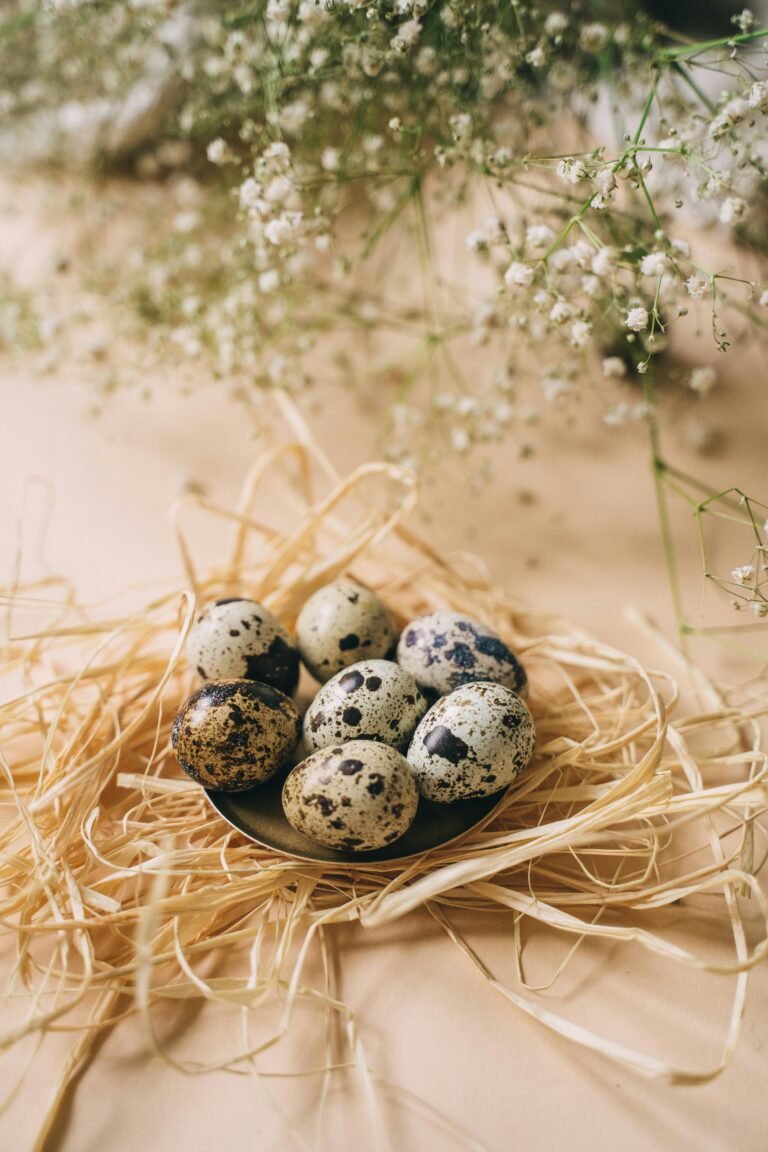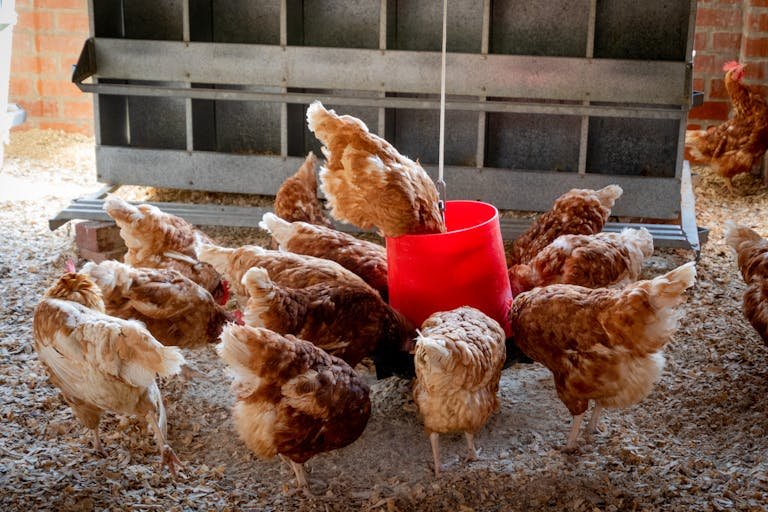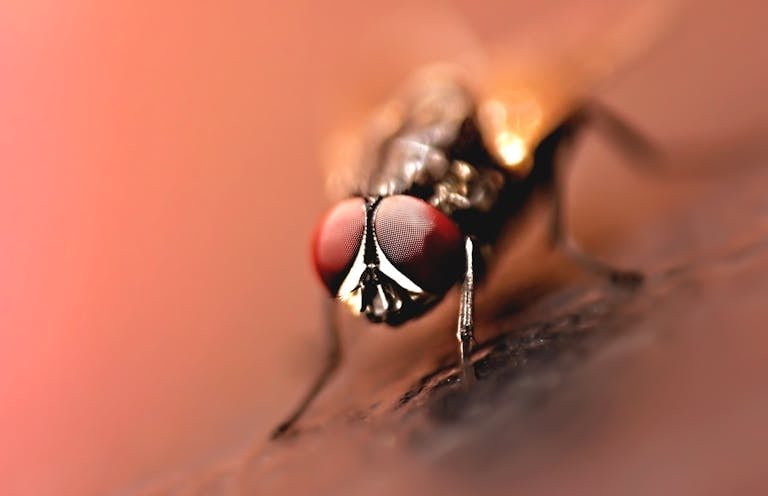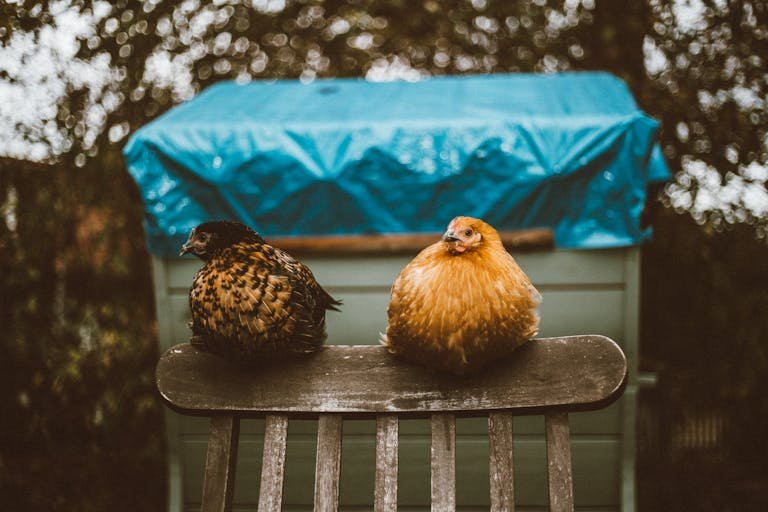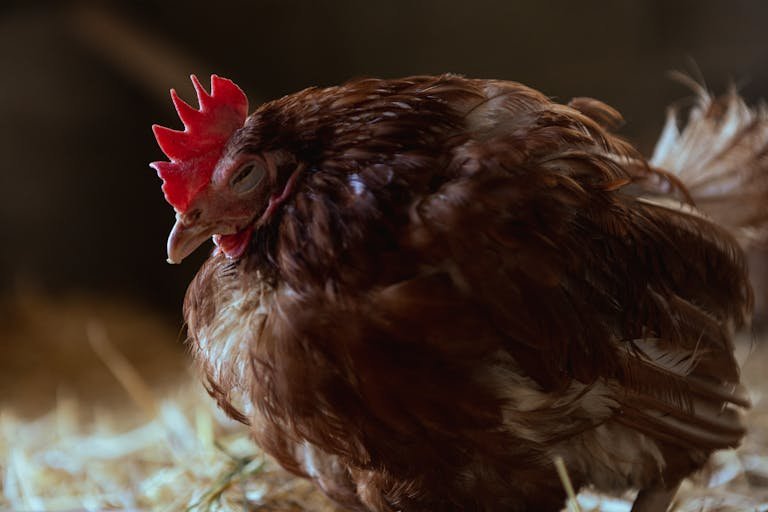Rooster Mating: Nature’s Chicken Cycle
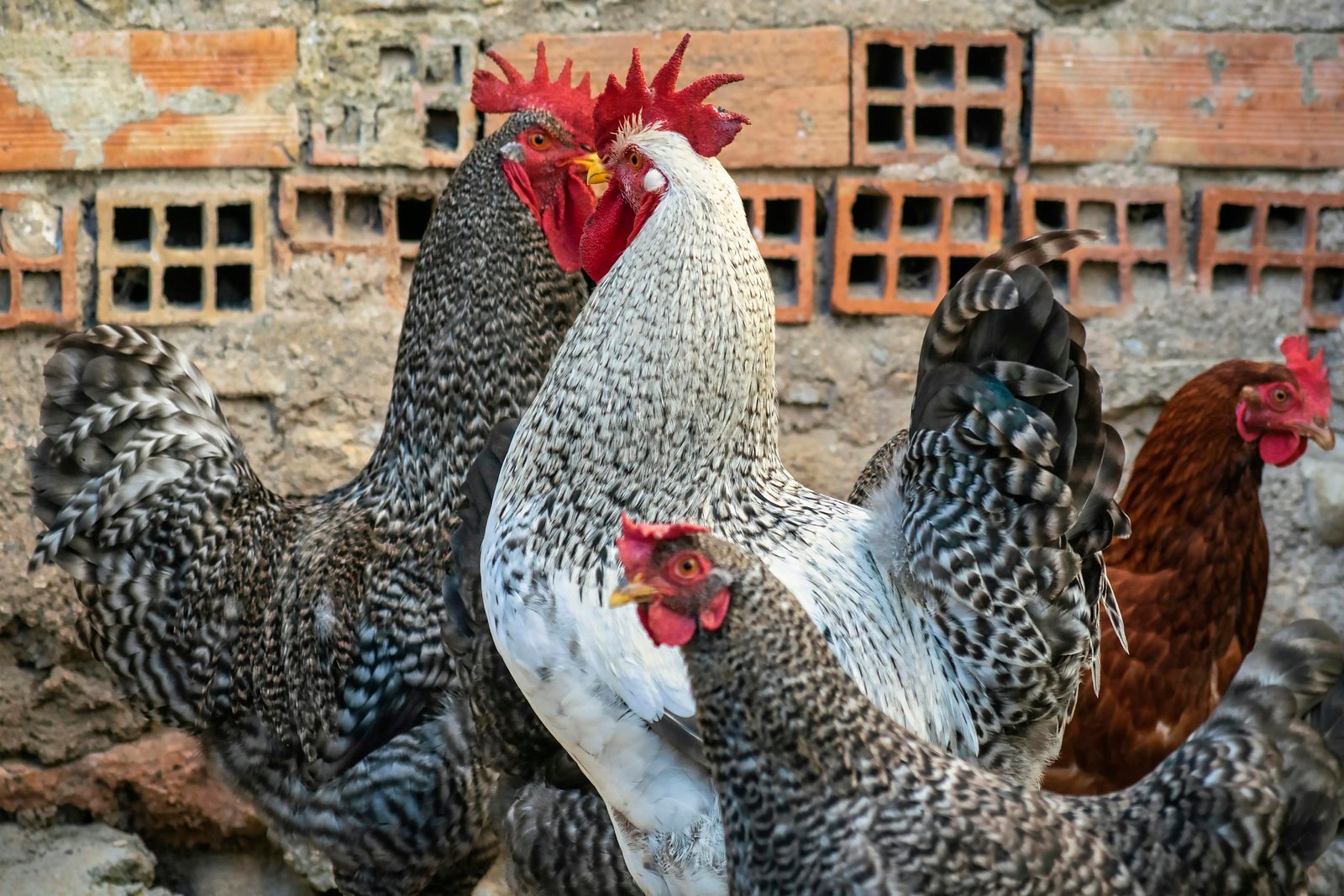
Rooster mating is an essential process that supports the growth and health of a flock. This fascinating reproductive process ensures fertilized eggs, promotes genetic diversity, and contributes to a sustainable chicken population. While the process may appear simple, it encompasses a series of distinct stages, each vital to the success of reproduction. This blog delves into the detailed steps of rooster mating, from courtship to sperm transfer, and highlights its advantages and challenges.
What Is Rooster Mating?
Rooster mating refers to the reproductive interaction between a male chicken (rooster) and a female chicken (hen). This process enables the fertilization of eggs, ensuring the continuity of the chicken population. The mating ritual involves unique behaviors, such as courtship displays, mounting, and a fascinating mechanism for sperm transfer. These steps are driven by instinct and biology, making rooster mating a natural yet intricate process in chicken farming.
The Process of Rooster Mating
Rooster mating can be broken down into three main stages: courtship, mounting, and sperm transfer. Each step plays a crucial role in ensuring successful reproduction.
1. The Rooster’s Courtship Ritual: Winning the Hen’s Favor
A. Signs of a Suitor
When a rooster reaches sexual maturity, he becomes more attentive to the hens in the flock. His behavior shifts to focus on reproductive instincts, often characterized by increased vocalizations and displays of dominance.
B. The Courtship Display
The rooster’s courtship is a visual and behavioral performance. He struts confidently around the hen, lowers his wings slightly, fans his tail feathers, and showcases his wattle. This display serves two purposes: to attract the hen and to establish his dominance over rival roosters.
C. Vocal Announcements
Accompanying the visual display is a series of vocalizations, including crowing and clucking. These sounds signal the rooster’s presence and strength, aiming to impress the hen while asserting his role as the flock’s leader.
D. Offering Gifts (Optional)
Sometimes, roosters go the extra mile by offering the hen a small treat, such as a seed or a bug. This act demonstrates his ability to provide, which can increase the hen’s receptiveness to mating.
2. Mounting: Establishing Physical Contact
A. The Hen’s Response
If the hen is willing to mate, she adopts a submissive posture by crouching close to the ground. This behavior indicates her acceptance of the rooster’s advances, making the next step possible.
B. The Mount
The rooster mounts the hen by hopping onto her back. He balances himself by gripping her feathers with his beak and claws. While this may appear aggressive to an observer, it is typically harmless to the hen.
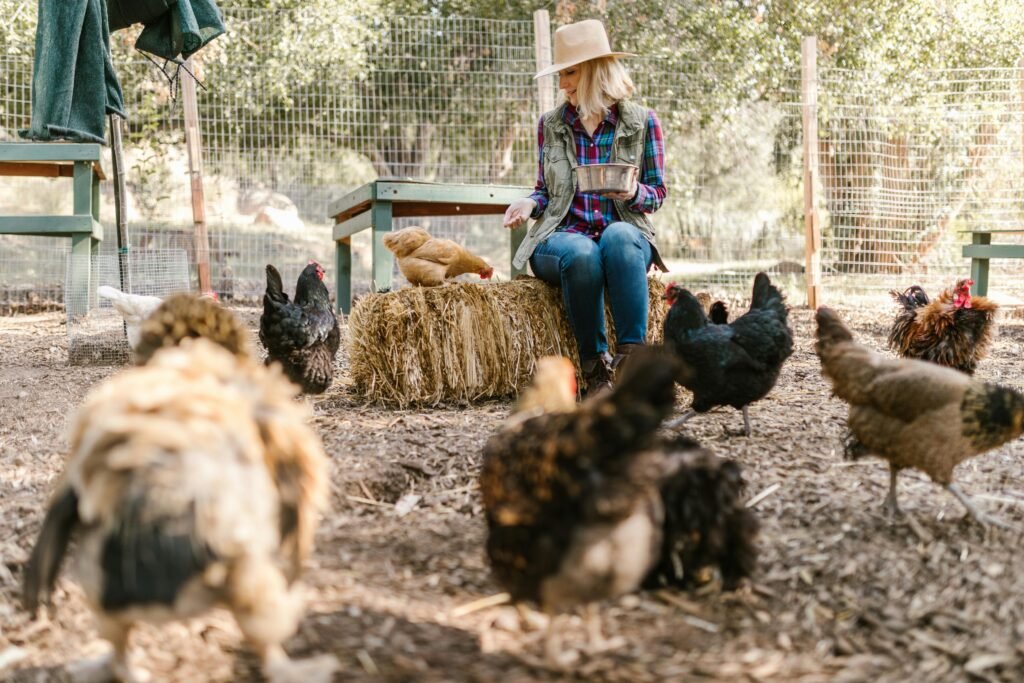
3. The Cloacal Kiss: The Act of Sperm Transfer
A. Unique Anatomy
Unlike mammals, roosters do not have a penis. Instead, they rely on a small organ called the papilla, located near the cloaca, for sperm transfer.
B. A Brief Interaction
The sperm transfer occurs through a brief touch of the rooster’s and hen’s cloaca, often referred to as a “cloacal kiss.”
C. Efficient Transfer
During this momentary contact, the rooster’s sperm is deposited into the hen’s reproductive tract. From there, the sperm travels up the oviduct, where it fertilizes the eggs.
D. Remarkable Speed
The entire act of mating is incredibly quick, often lasting only a few seconds.
Post-Mating Behavior
A. Disengagement
After the mating process, the rooster dismounts and returns to his usual activities.
B. The Hen’s Adjustment
The hen ruffles her feathers and resumes her routine, with the fertilization process occurring internally.
Key Facts About Rooster Mating
- A single rooster can mate up to 20 times a day.
- The sperm remains viable within the hen’s body for several days or even weeks, allowing multiple eggs to be fertilized over time.
- Hens can lay unfertilized eggs, which are perfect for consumption but will not hatch into chicks.
The Age of Sexual Maturity
The age at which chickens become sexually mature varies:
For Roosters:
Roosters typically reach sexual maturity around 5 to 6 months of age, although this can vary by breed and environmental factors.
For Hens:
Hens usually begin laying eggs between 16 to 24 weeks (4 to 6 months), signaling their sexual maturity. However, laying eggs does not always indicate readiness for mating.

Factors Influencing Mating Readiness
1. Breed Differences
Different chicken breeds mature at different rates. Lightweight breeds, such as Leghorns, may mature faster, becoming ready for mating by 4 to 5 months. Heavier breeds, like Brahmas, may take longer, sometimes up to 8 months.
2. Nutrition
A balanced diet rich in vitamins, minerals, and proteins ensures healthy sexual development. Poor nutrition can delay maturity and impair reproductive health.
3. Daylight Exposure
Chickens are seasonally reproductive, with mating activity peaking during longer daylight hours in spring. Farmers can use artificial lighting to extend daylight exposure, encouraging mating even during shorter days.
Advantages of Rooster Matin
- Fertilized Eggs
Mating results in fertilized eggs, which can hatch into chicks, allowing farmers to expand their flock or maintain sustainable poultry farming practices. - Healthier Chicks
Research shows that chicks from fertilized eggs tend to be healthier and more robust, with higher survival rates. - Natural Selection
Mating allows for the natural passing of strong genetic traits, enhancing the flock’s overall health and resilience.
Challenges and Disadvantages of Rooster Mating
- Aggressive Behavior
Roosters may become aggressive toward each other when competing for hens, potentially causing injuries within the flock. - Noise Pollution
Roosters are notorious for their loud crowing, which can disrupt nearby residents and may violate local regulations. - Safety Concerns
Protective roosters may exhibit aggression toward humans or other animals perceived as threats, posing safety risks in free-range setups. - Unplanned Chicks
Mating can result in more chicks than a farmer can care for, leading to resource and space challenges. - Increased Food Consumption
Roosters consume more feed than hens without contributing to egg production, which may not align with the goals of certain poultry operations.
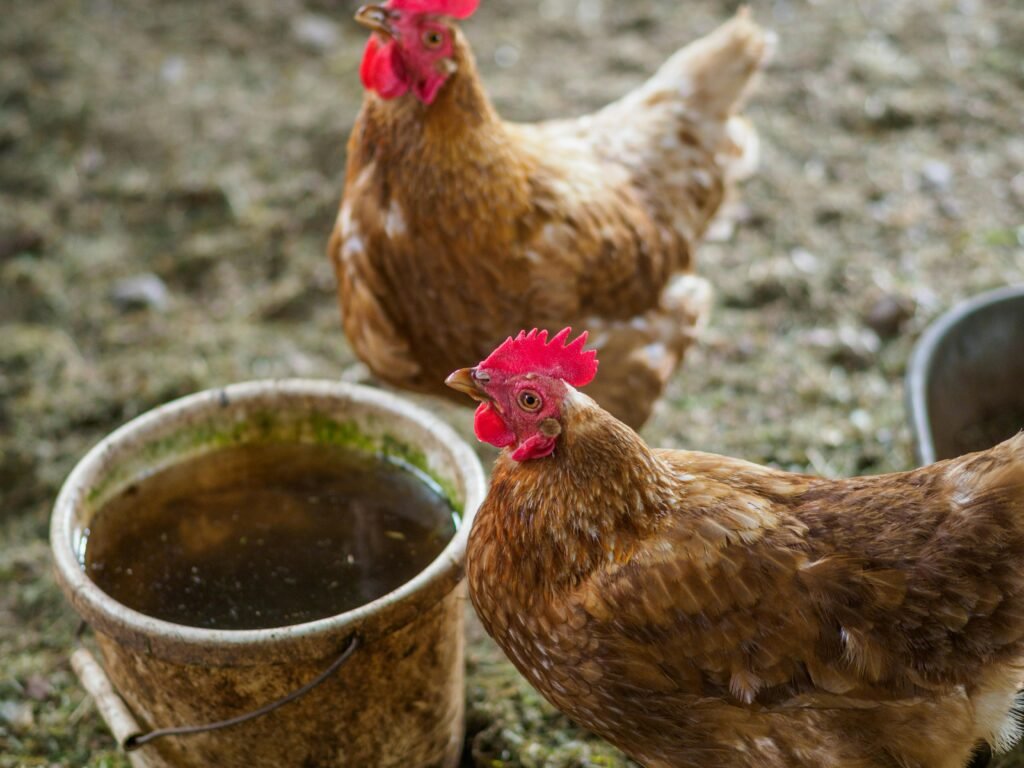
Maintaining Health and Reproductive Success
1. Proper Diet
Providing a balanced diet with adequate protein, calcium, and essential nutrients supports reproductive health and overall vitality.
2. Disease Prevention
Implementing biosecurity measures, vaccinations, and hygiene protocols reduces the risk of diseases that could impair reproductive success.
3. Managing Stress
Ensuring a stress-free environment with adequate space and resources promotes better mating behavior and overall flock health.
Read Also: Feathery Faux Pas? Chicken or Cold-Blooded Creep?
Final Thoughts
Understanding the nuances of rooster mating is crucial for successful poultry farming. By recognizing the stages of courtship, mounting, and sperm transfer, and considering factors such as breed, nutrition, and daylight exposure, farmers can optimize reproduction and maintain a healthy flock. While rooster mating has its challenges, its benefits—such as fertilized eggs and robust chicks—make it an essential aspect of sustainable chicken farming.
